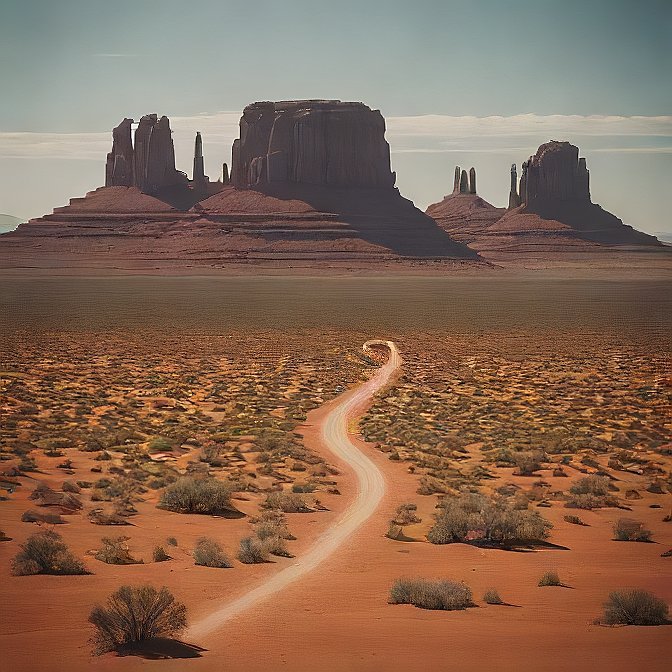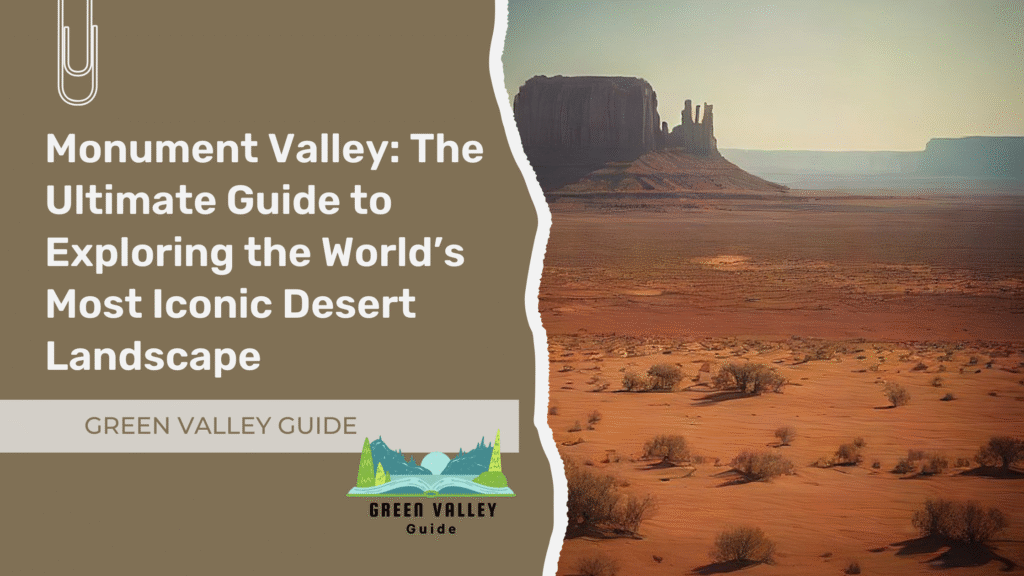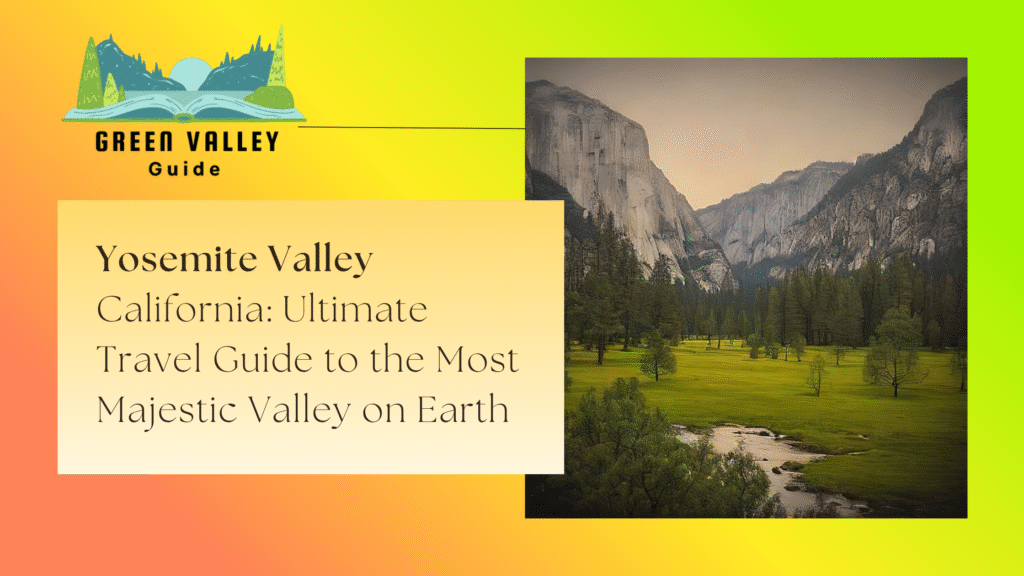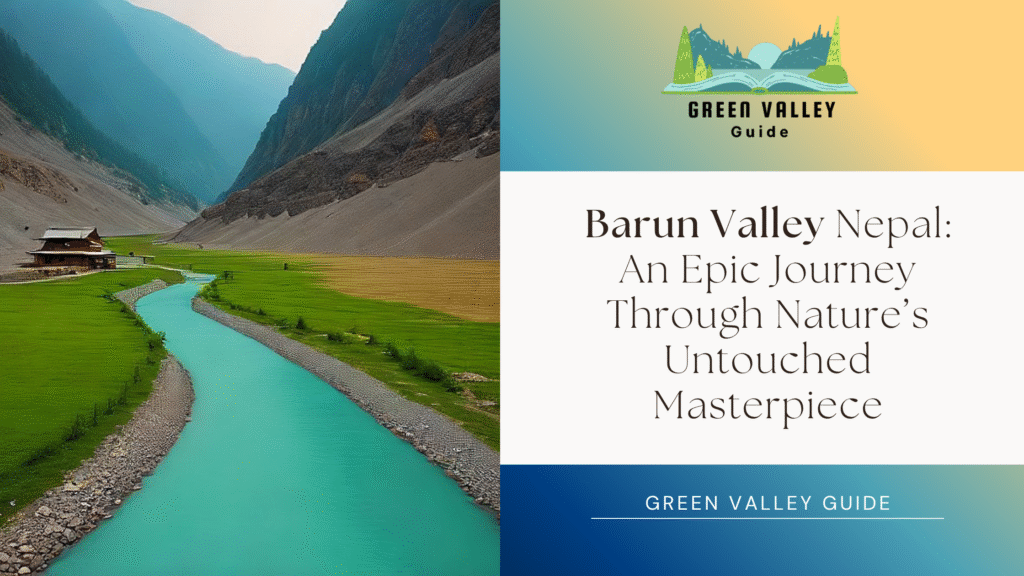Table of Contents
Introduction: Why Monument Valley Captivates Every Traveler’s Soul
You know it in movie scripts, = red desert, great monolith structures, and a huge horizon which seems to be the end of the world. Nothing can replace the impression of Monument Valley in real life. The surreal desert, a border region between Arizona and Utah, is the place where time has stopped moving, and America West is breathing.

Monument Valley has been used as a background in most movies, television series, and car advertisements, which have been in place for decades as one of the most familiar views on the face of the earth. Whether in the traditional John Ford Westerns or in today’s adventure movies, its towering buttes and infinite skies have become the symbols of the Wild West of the Imagination many hold in their mind.
However, Monument Valley is not only a movie set. It is a holy land of the Navajos, a geological phenomenon millions of years old, and a place that has raw natural beauty, cultural richness, and epic memories.
This is your ultimate guide to Monument Valley, and you can find all that you require to plan your trip:
- The picture stops and the best views
- Accommodation and food places to stay
- The Best time to visit to get the best views
- Cultural knowledge of how the land of the Navajo Nation is being taken care of
Whether it road trip through the Southwest or a search for spiritual quietness under the stars, the Monument Valley guarantees an adventure no one can match.
Where Is Monument Valley? Navigating the Navajo Nation’s Timeless Wonder
The monument is on the Arizona-Utah border, and the primary entrance to the park is in the southeast of Utah along the U.S. Route 163. This grandiose desert park is located completely in the reservation lands of the Navajo Nation, which is one of the largest territories owned by the indigenous peoples of the United States.
The Monument Valley Navajo tribes park is the heart of this portion. It is a government protection area and the security of beautiful rock formations, which are formed of sandstone, the old historic site, and the spiritual virtues of the land that was formed. In spite of the fact that it is often mixed up with being a national park, it is governed by the Navajo Nation Parks and Recreation Department-wise only, and the visitor is advised to abide by the local norms and the sites of worship.
In actual position, Monument Valley is geographically considered part of the larger Four Corners region, on which Utah, Arizona, Colorado, and New Mexico borders are joined. It makes an excellent part of the road trip in the Southwest USA, especially when combined with Antelope Canyon, Canyon de Chelly, Arches National Park, or Mesa Verde.
Just as the giants of stone that stand sentinel over the flat desert country, the buttes begin rising to the sky as you approach Monument Valley, both when you leave Page, Arizona, or Moab, Utah.
The Geology of Giants: How Monument Valley Was Formed
The beautiful landscape of Monument Valley did not just turn out to be like this in a single day, ay but actually it is a geological evolutionary change of more than 300 million years. What you are actually witnessing today is a master piece created by time, wind, water, and the tectonic process.
The valley is well known because of its iconic sandstone features such as towering buttes, immense mesas, skinny spires, and massive rock monoliths that stretch ocular 400 to 1000 feet over the desert field. They consist mostly of red sandstone and shale, with the iron oxide in the layers, which adds the deep crimson and orange color to the valley.
Geological Timeline Highlights:
- Carboniferous Period (300+ million years ago): A billion years ago, the region was a shallow marine be, meanwhile the sedimentary layers had formed due to marine deposition.
- Triassic to Jurassic Periods: Sandstone was cupped out to dunes and riverbeds by the Wind and by water.
- Symmetrically, with time, Erosion by erosive forces (wind and rain) gradually eroded the softer layers of rocks, leaving the dramatic structures we observe nowadays.
What Makes It Unique?
Contrary to most other Southwestern landscapes that are etched by major gorges or cliffs, buildings in Monument Valley continue vertically upwards on a free plain, making one of the most stunning visual attractions on the planet. No wonder this landscape has gained the label of the symbolic image of the American desert.
Top Things to See in Monument Valley

To go to Monument Valley, you will be immersed in legendary surroundings and panoramas that have been the trademark of countless Western movies and road-trip imaginations. The highlights that you should not ignore are the following:
The Mittens and Merrick Butte
Possibly, the most recognizable attractions of Monument Valley are the East and West Mitten Buttes that seem to be hands that rise up out of the ground. They view together with Merrick Butte forms the classic view at the View Hotel, and also the beginning of Valley Drive.
Totem Pole and Yei Bi Chei
This thin rock spire, or the so-called totem pole, is identified with its need-like shape and spiritual meaning. The Yei Bi Chei formations nearby are described to depict a row of dancers of the Navajos.
John Ford’s Point
This vantage point was named after the legendary filmmaker who had taken most of his western movies here, and it provides wide views and an opportunity to view some Navajo horseback riders performing famous scenes. It is one of the most photographed places in the valley.
Valley Drive Highlights
The 17-mile dirt road called Valley Drive winds its way through the primary formations in a loop. You may either self-drive (high clearance vehicle preferred) or take a Navajo-guided tour to enter restricted sites such as:
- Ear of the Wind Arch
- Sun’s Eye
- Big Hogan
- The Skeleton Mesa overlook
Hidden Gems Only Locals Know
- Mystery Valley: You can only visit this obscure destination through a guided tour, and it is full of ancient petroglyphs, natural arches, and ruins of Ancestral Puebloans.
- The Teardrop Arch Sacred site, which provides exclusive framing of the landscape photograph, can only be visited with a Navajo guide.
- Hunts Mesa: Best photo op ever, it is a high lookout over all of the valley, and the best time is at sunrise or sunset.
The Cultural Heartbeat: Navajo History and Heritage in Monument Valley
One needs to relate to the flora and fauna of Monument Valley through its people, that is, the Diné (Navajo), their way of life, and their history, which is entrenched in the land. Monument Valley is not merely a landscape, but a sacred place, full of history, ghosts, and rituals going back centuries.
Navajo Roots in the Red Rock
As far as the Navajo Nation is concerned, Monument Valley is spiritual geography to the tribe. A large part of the formations are named after characters of the Navajos’ oral history, and sacred ceremonies are held here even today.
Traditions, Art, and Oral Stories
- Forms of Navajo art are critical in terms of sand painting, weaving, a nd silverwork.
- The buttes and mesas have their explanations given by oral storytelling, which was passed down over the generations.
- The rock formation will be referred to as the Yei Bi Chei or holy people.
Visiting with Respect
- Don’t leave the marked paths or tour routes.
- Do not scale or annoy sacred monuments or formations.
- When photographing people, permission should, as a rule, be sought, particularly in the case of any ceremony or craft day.
Navajo-owned businesses and guides can also be some of the best means to travel responsibly and to contribute to the preservation of the culture that can keep the Monument Valley going.
Check Out: Yosemite Valley California: Ultimate Travel Guide to the Most Majestic Valley on Earth.
Best Time to Visit Monument Valley: Seasons, Weather, and Photography Tips
The desert may be a never-ending destination, yet your visit to Monument Valley may turn out to be a polar opposite of it, based on the season that you visit. They should select the right time as follows:
Best Months: March–May and September–November
- Spring and fall seasons are the most popular as the temperatures are of medium conditions, and the sky is clear.
- These months are ideal for photography, hiking, and stargazing.
Summer (June–August)
- Daytime temps can exceed 100°F (38°C).
- Best visited early morning or evening.
- Monsoon season (late July–August) can bring sudden storms and dramatic skies.
Winter (December–February)
- Morning cold and subject to be covered with snow on the buttes.
- Some sites can even be closed due to the lack of tourists, peaceful conditions, and magnificent contrasts.
Photography & Stargazing Tips
- Sunset: Hotel or John Ford point: the best view.
- Sunset: lovely light at Totem Polee Point and Artists Point.
- Stargazing Stargazing: Monument Valley is a Dark Sky Place, and it also has amazing photos of the Milky Way.
Where to Stay and Eat Near Monument Valley

Having a remote location, the Monument Valley does not lack varied accommodation and eateries, and some of them offer the best views and cultural experience.
Top Lodging Options
- View Hotel: the hotel owned by the Navajos is in the park, facing the best view of available sunrise around the Mittens.
- Goulding Lodge: It is a historical site that has a museum, restaurants, and tours.
- Other hotels and motels may be accommodated in neighbouring towns, Rice Springs and Mexican Hat (UT).
Camping & RV Options
- The View Campground: Tent sites, RV sites, and cabins are located.
- Goulding’s Campground Full hook-ups and facilities.
- Off park, dispersed camping is provided within the BLM (limited).
Where to Eat
- The View Restaurant: Serves Navajo specialties like mutton stew, fry bread, and blue corn mush.
- Goulding Stagecoach Dining Room: American food and Navajas food.
- Do not miss Navajo tacos, which are served on the local food stands in the town.
Conclusion: Why Monument Valley Is a Must-See Before You Die
Just being at Monument Valley, where the sandstone butte rises all around and the silence stretches to the horizon, is just an experience bringing change. It does not only mean a place, but also an emotion. Eternal expression of the power and beauty of nature, the richness of cultural diversity, and the silent force of the Navajo people, who exercise their homeland.
Perhaps, you are intrigued by the golden light of a photographer or a road-traveler driving through the American Southwest, or even a seeker of the soul who finds the holy landscapes to be appealing, but Monument Valley has abundant pleasing vistas to be photographed. It offers its perspective, calm, and fascination, however, in a manner that leaves tantalizing with the red dirt in the boots.
One of the deserts that you should add to your bucket list is in Monument Valley. Be there in honor, come out in amazement, and go away with stories shaped in stone.
For more info: Click Here.
FAQs About Monument Valley
Can I drive my own car in Monument?
It is true that visitors are not only allowed to use a personal vehicle but also to drive the 17-mile Valley Drive loop, which is a loop. It is the dirt road, however, rough, so it is better to use a high-clearance vehicle. To step into the inside and create local sensitivities, it is also recommended that you hire a Navajo-led tour, where you are shown places that cannot even be reached on bare feet
Do I need any permits, even a guide, to visit Monument Valley?
No one can take you on a tour of the major loop of the park, but should you wish to see restricted areas, like the Mystery Valley or Hunt Mesa, you are required to take a Navajo guide. Permits are included when you make a reservation for a guided tour or when you pay the park entrance fee.
Is Monument Valley child-friendly?
Absolutely. Monument Valley is a beautiful landscape and a cultural center that can fit any age group. The ground is, however, uneven for wheelchairs or strollers, and there are a few paved tracks. Families having young children should plan short hikes, guided drivers, pulls, and water/shade stops.




